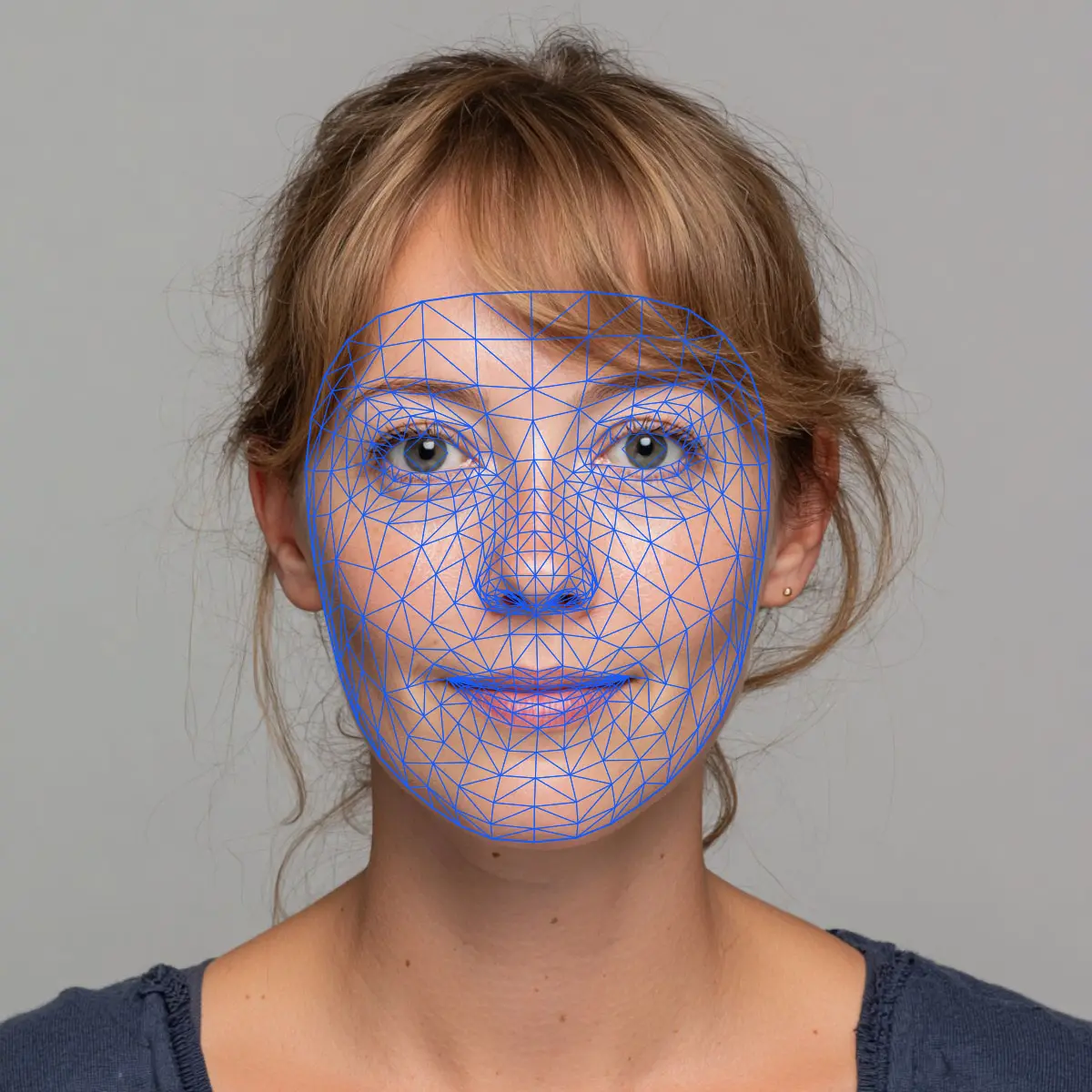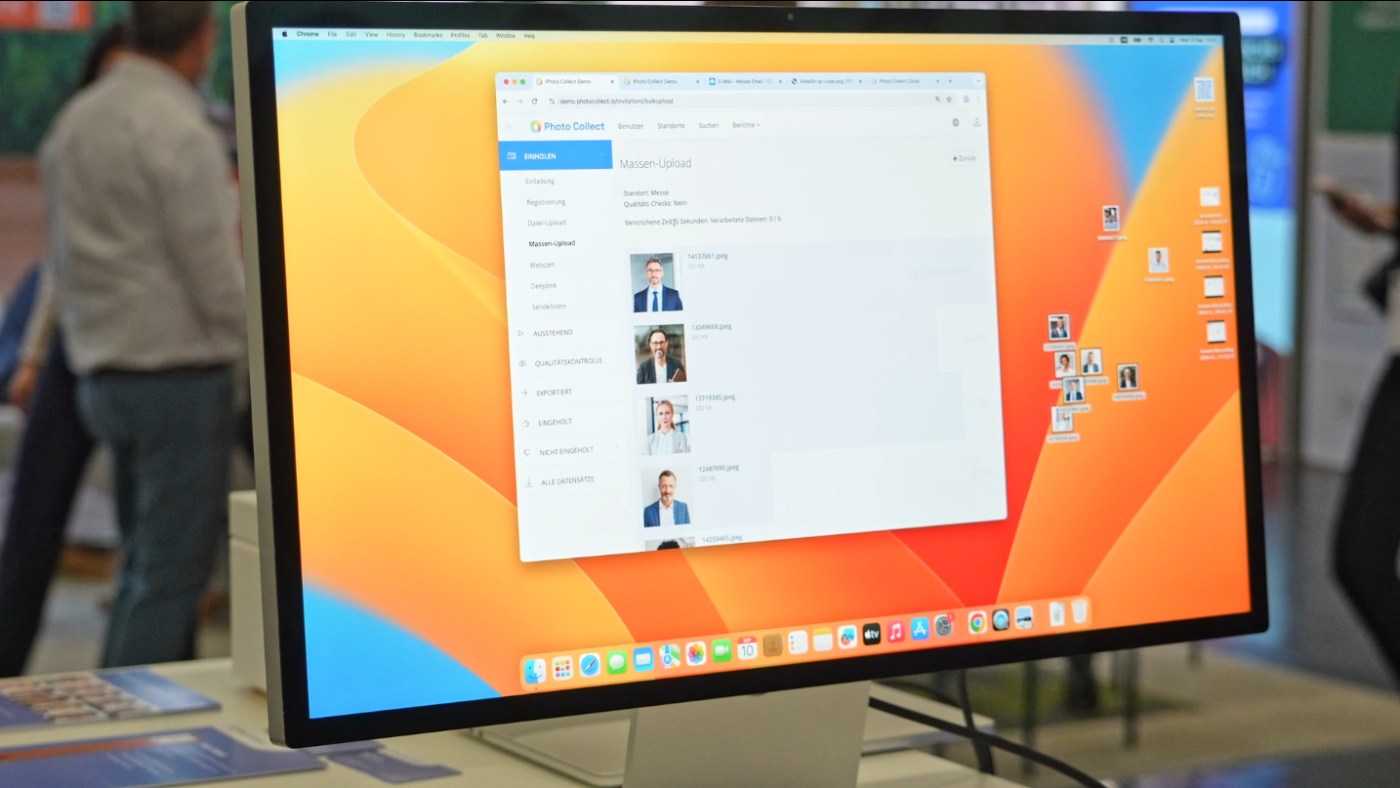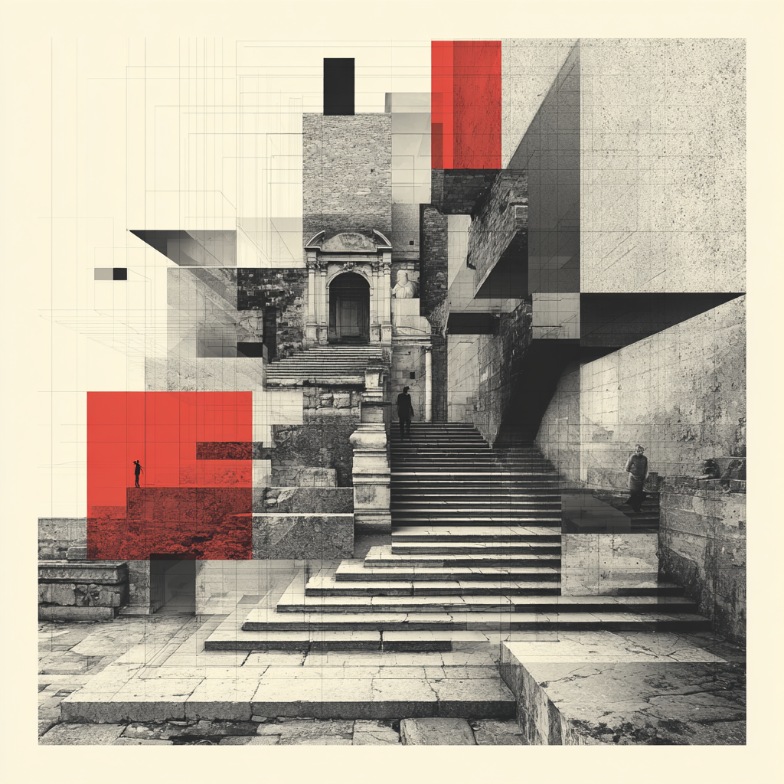Technology
ISO/IEC 19794-5 - The international standard for biometric facial images

Biometric facial images are now an integral part of modern identity systems - whether for passports, access control or digital identities. However, in order for such images to be reliably recognized by machines, they must comply with certain standards. One of the most important foundations for this is the international standard ISO/IEC 19794-5:2011.
What is ISO/IEC 19794-5?
ISO/IEC 19794-5 is a standard published by the International Organization for Standardization (ISO) that defines requirements for digital facial images for biometric applications. It is part of the ISO/IEC 19794 series of standards, which deals with various biometric data types.
The aim is to ensure the technical quality and interoperability of facial images - especially for automatic facial recognition in applications such as ePassports, eID or access solutions.
What is the difference to ICAO
ISO/IEC 19794-5 and the ICAO standard are often mentioned in the same breath - and in fact many requirements overlap, especially for passport photos. The decisive difference lies in the level of detail and purpose:
- The ICAO standard sets out general requirements for photo documents such as passports, with a focus on practical feasibility and global interoperability.
- ISO/IEC 19794-5 goes further and defines detailed technical requirements for biometric facial images - in particular for their automatic processing by facial recognition systems.
While ICAO describes clear but more visually verifiable criteria (e.g. no headgear, neutral facial expression), ISO/IEC 19794-5 also specifies numerical limits for head size, eye distance or sharpness. ISO is therefore aimed more at system developers and operators of biometric databases, while ICAO specifies the requirements for issuing travel documents.
In short: ICAO regulates the "what" - ISO additionally regulates the "how exactly".
What requirements does the ISO/IEC 19794-5 standard define?
The standard divides the requirements into three central categories:
1. scene requirements
These relate to the conditions under which the photo was taken:
- Head position: The face must be aligned frontally to the camera. Tilts (pitch, yaw, roll) are only permitted within very narrow limits.
- Lighting: Uniform illumination without shadows on the face or background.
- Background: Monochrome, bright, as neutral as possible.
Eyes: Open, clearly visible, without reflections on spectacle lenses. - Mouth: Closed and recognizable.
- Facial expression: Neutral, without a smile.
2. photographic requirements
These relate to image detail and positioning:
- Head position: The face must be placed in the center of the picture.
- Head size: The distance between the chin and the crown of the head and between the eyes must be within specified tolerances.
- Color: The image must be color-neutral, no color distortions or red-eye effects.
3. digital requirements
These relate to the technical image quality:
- Focus: The image must be sharp - especially in the area from nose to ears and from chin to crown.
- Image resolution: Minimum value for the inter-eyes distance (IED) about 90 pixels, preferably 120 pixels.
- Image format: Standardized formats such as JPEG, with defined compression.
- No editing (by AI): The image must not be digitally altered or retouched, especially by artificial intelligence (AI) - except for permitted technical steps such as cropping or background removal.
Why is this standard important?
A facial photo that meets the requirements of ISO/IEC 19794-5 can be reliably captured and processed by facial recognition systems. The standard ensures that:
- facial images are technically standardized and compatible
- The recognition rate of biometric systems is improved
- Cross-border interoperability between different countries and systems is guaranteed
According to the standard, a lack of sharpness, deviating head posture or poor illumination are key causes of poor image quality and significantly impair the performance of biometric systems.
Implementation with Photo Collect
The software solution Photo Collect software solution supports the Capturing and validation of photos in accordance with ISO/IEC 19794-5. The system checks automatically:
- Head position and image section
- Illumination and background
- Face recognition and sharpness
- Interpupillary distance in pixels
- Reflections in glasses or sunglasses
- Visibility of mouth and eyes
This ensures that only standard-compliant images enter the processing stage without altering the image using AI, for example - ideal for applications with high biometric accuracy requirements.









